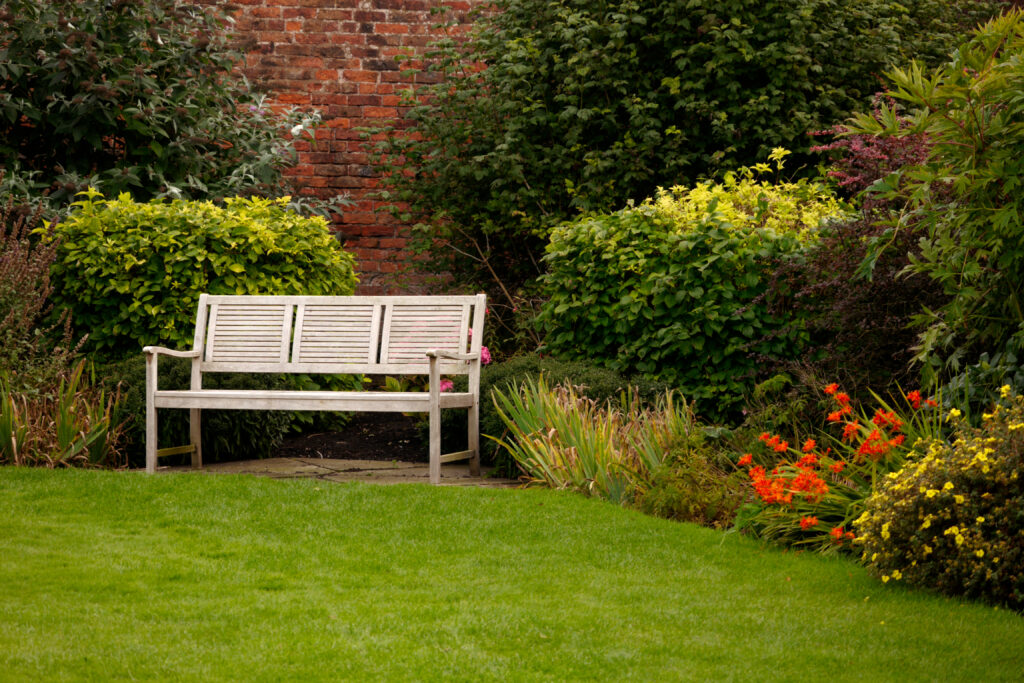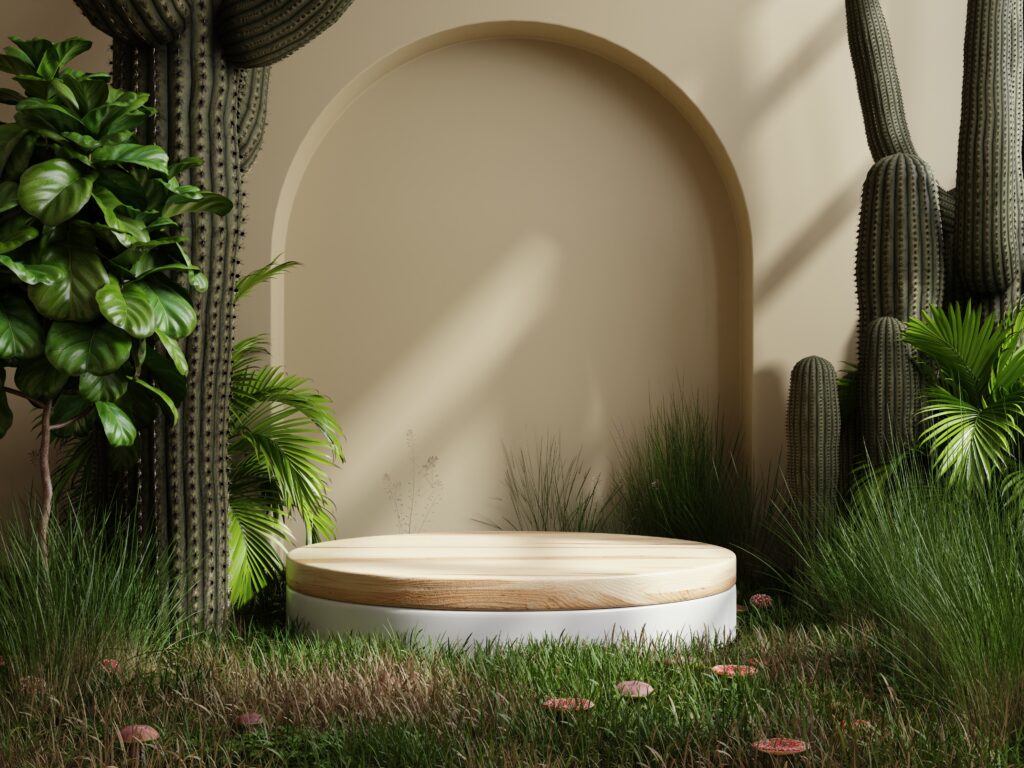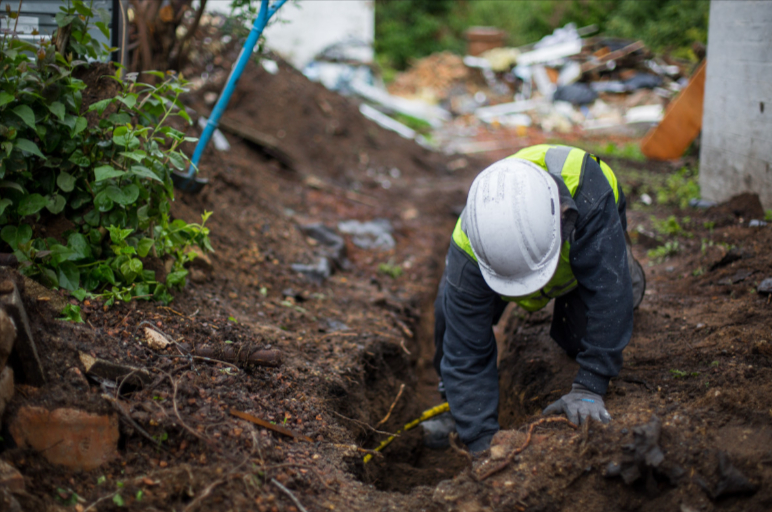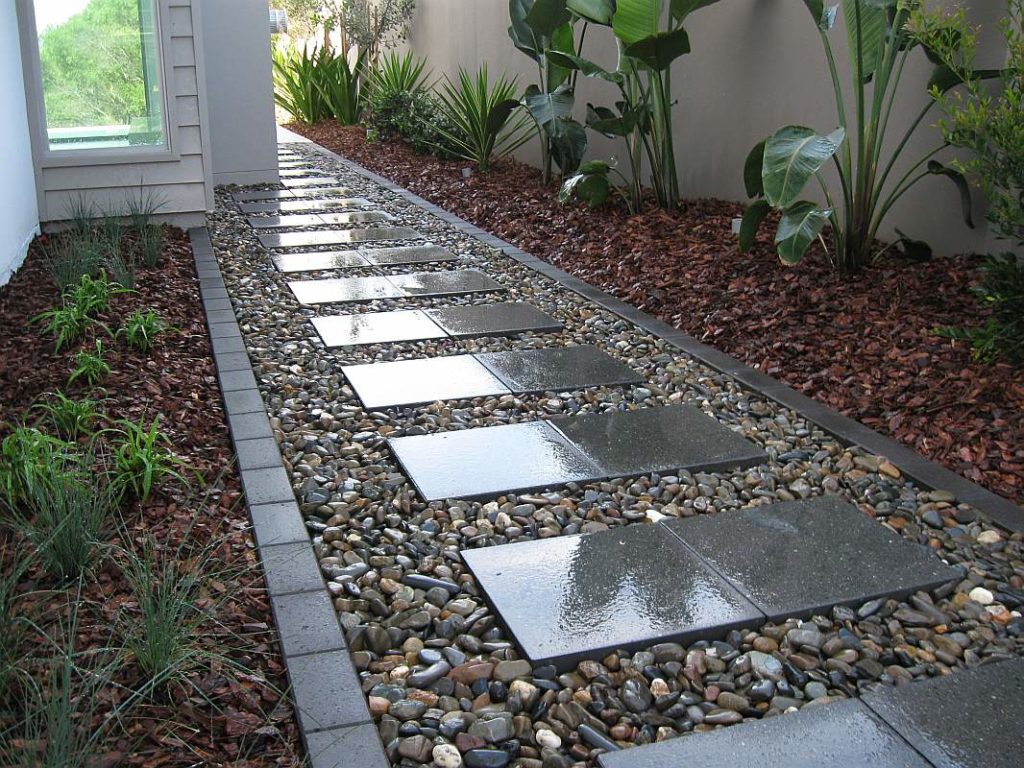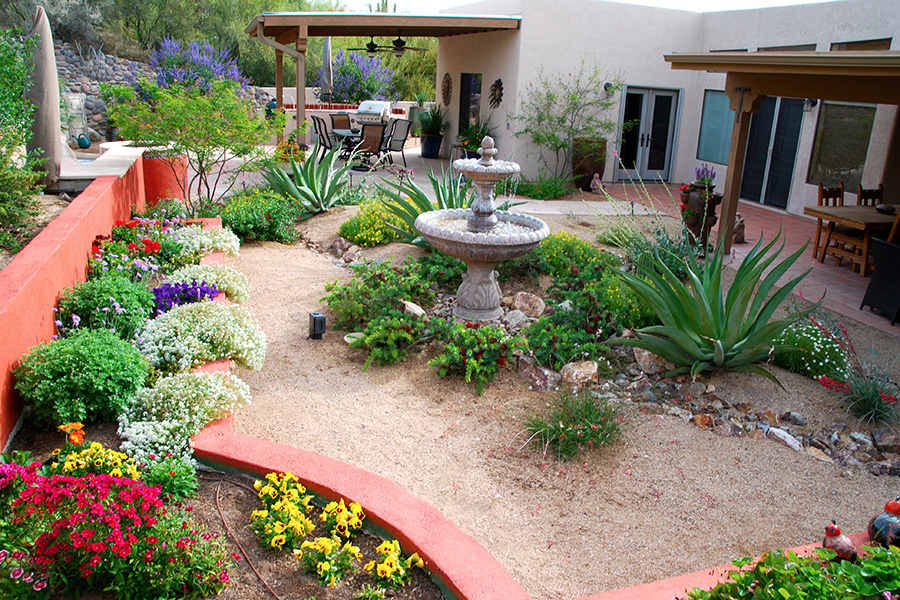A lush, green garden is the envy of many homeowners, but achieving and maintaining that vibrant lawn requires dedication, knowledge, and proper care. From mowing techniques to fertilization schedules, every aspect of lawn care plays a crucial role in the health and appearance of your outdoor space. In this guide, we’ll explore some essential lawn care tips to help you cultivate a lush green garden that will be the pride of your neighborhood.

Regular Mowing
One of the fundamental aspects of lawn care is regular mowing. Set your mower blade to the appropriate height for your grass type and aim to mow frequently enough that you’re never removing more than one-third of the grass blade at a time. Mowing too short can stress the grass and make it more susceptible to pests and diseases.
Proper Watering
Water is essential for maintaining a healthy lawn, but it’s important to water wisely. Water deeply and infrequently rather than shallowly and frequently. This encourages deep root growth and helps the grass become more drought-resistant. Water in the early morning to reduce evaporation and fungal diseases.
Aeration
Over time, your lawn’s soil can become compacted, hindering the penetration of air, water, and nutrients to the roots. Lawn aeration involves perforating the soil with small holes to alleviate compaction and promote better root growth. Aeration is typically done once or twice a year, preferably in the fall or spring.
Fertilization
Like any living organism, your lawn needs proper nutrition to thrive. Fertilize your lawn according to its specific needs, which can vary depending on factors such as grass type, soil quality, and climate. Use a balanced fertilizer or one formulated for your grass type, and follow the application instructions carefully to avoid overfeeding.
Weed Control
Weeds not only detract from the appearance of your lawn but also compete with grass for nutrients, water, and sunlight. Implement a proactive weed control strategy that includes regular mowing, hand-pulling weeds, and applying pre-emergent and post-emergent herbicides as needed. Be sure to follow label instructions when using herbicides to avoid harming desirable plants.
Dethatching
Thatch is a layer of dead grass, roots, and other organic matter that accumulates on the soil surface over time. Excessive thatch can prevent water, air, and nutrients from reaching the soil and roots. Periodically dethatch your lawn using a specialized dethatching rake or machine to remove this layer and promote a healthier lawn.
Soil Testing
Before implementing a fertilization or pH adjustment regimen, it’s a good idea to conduct a soil test to determine your lawn’s specific nutrient and pH levels. Soil testing kits are readily available at garden centers or through local agricultural extension offices. Based on the results of the soil test, you can tailor your lawn care practices to address any deficiencies or imbalances.
Reseeding and Overseeding
Bare patches and thin areas in your lawn can detract from its overall appearance. Reseeding involves planting grass seed in bare or thin spots to encourage new growth and fill in gaps. Overseeding, on the other hand, involves spreading grass seed over the entire lawn to promote thicker, healthier turf. Both practices can help rejuvenate your lawn and maintain its lush green appearance.
Proper Equipment Maintenance
To effectively care for your lawn, you’ll need to maintain your lawn care equipment, including your mower, trimmer, and other tools. Keep mower blades sharp to ensure clean cuts that promote healthy grass growth. Clean equipment regularly to prevent the spread of diseases and pests.
Seasonal Adjustments
Lawn care needs vary throughout the year, so it’s essential to adjust your maintenance practices accordingly. For example, in the summer, you may need to water more frequently to combat dry conditions, while in the fall, you might focus on aerating and overseeding to prepare your lawn for winter.
By following these essential lawn care tips, you can create and maintain a lush green garden that enhances the beauty and value of your property. Remember that consistency and attention to detail are key to achieving long-term success with your lawn care efforts. With dedication and proper care, you can enjoy a vibrant and healthy lawn year-round.

